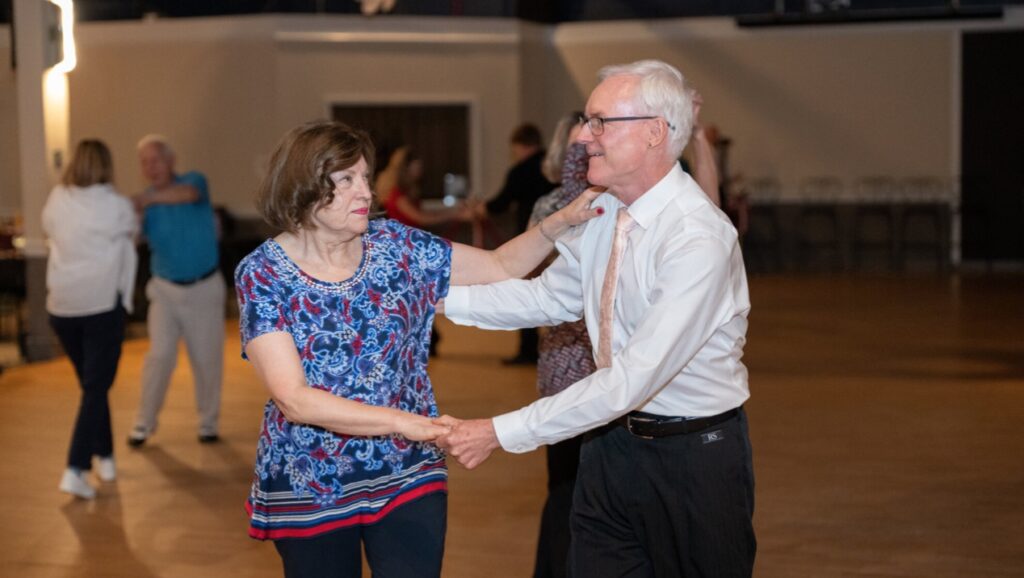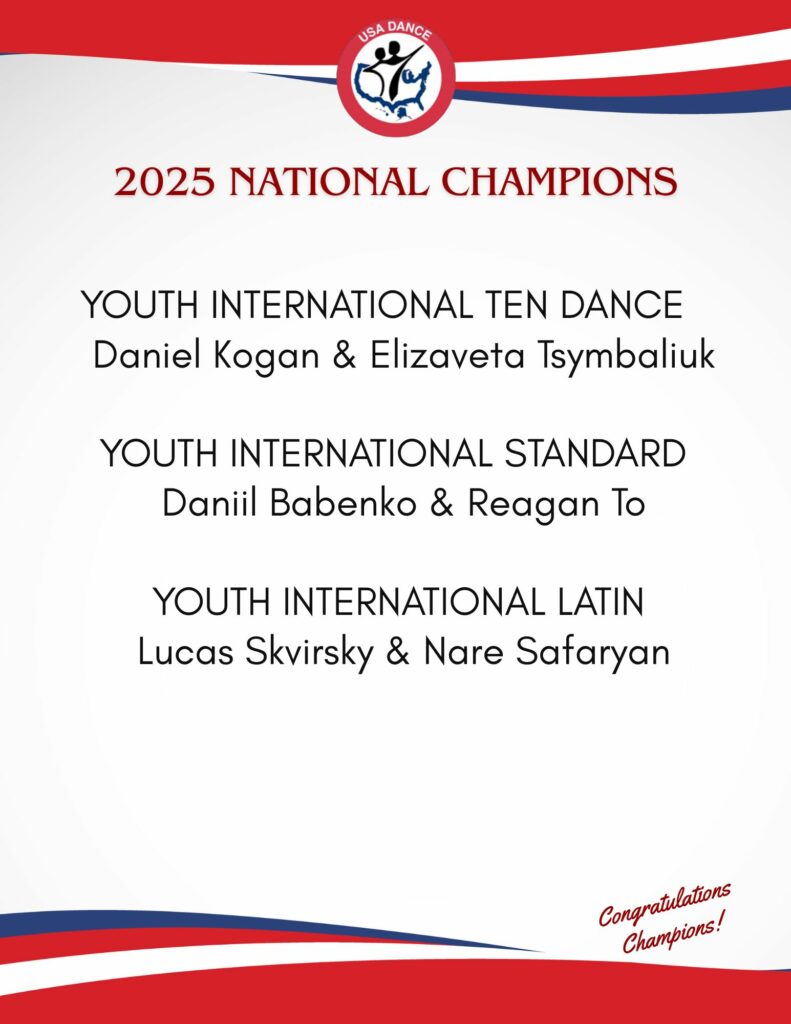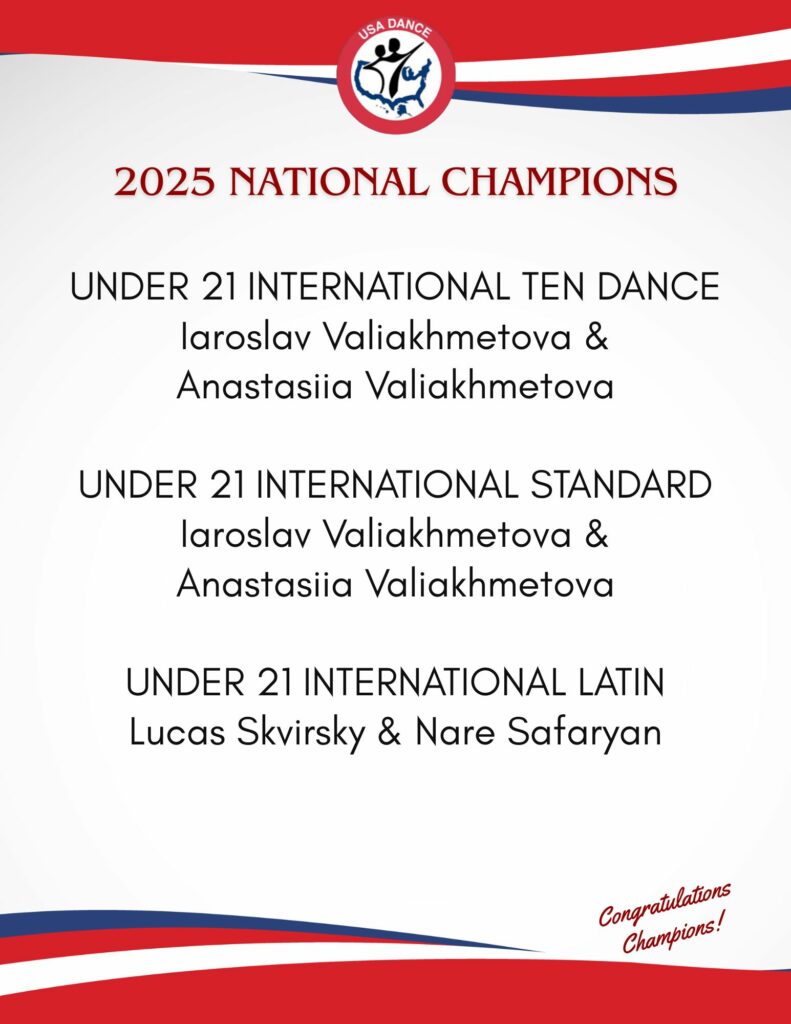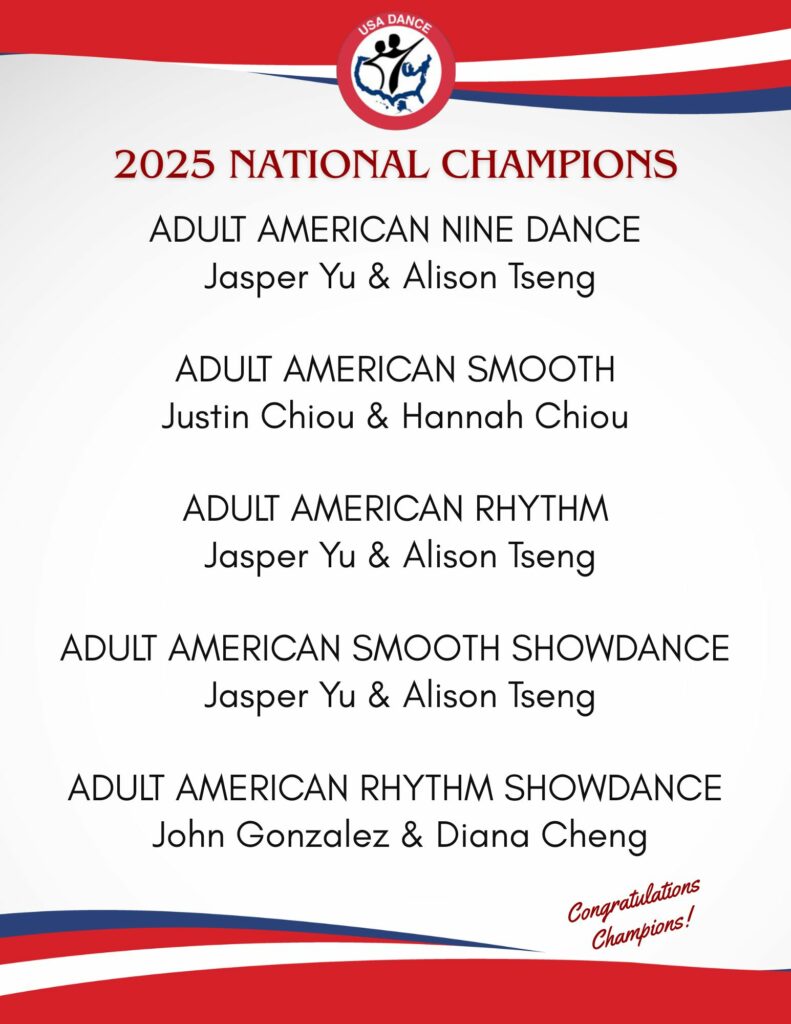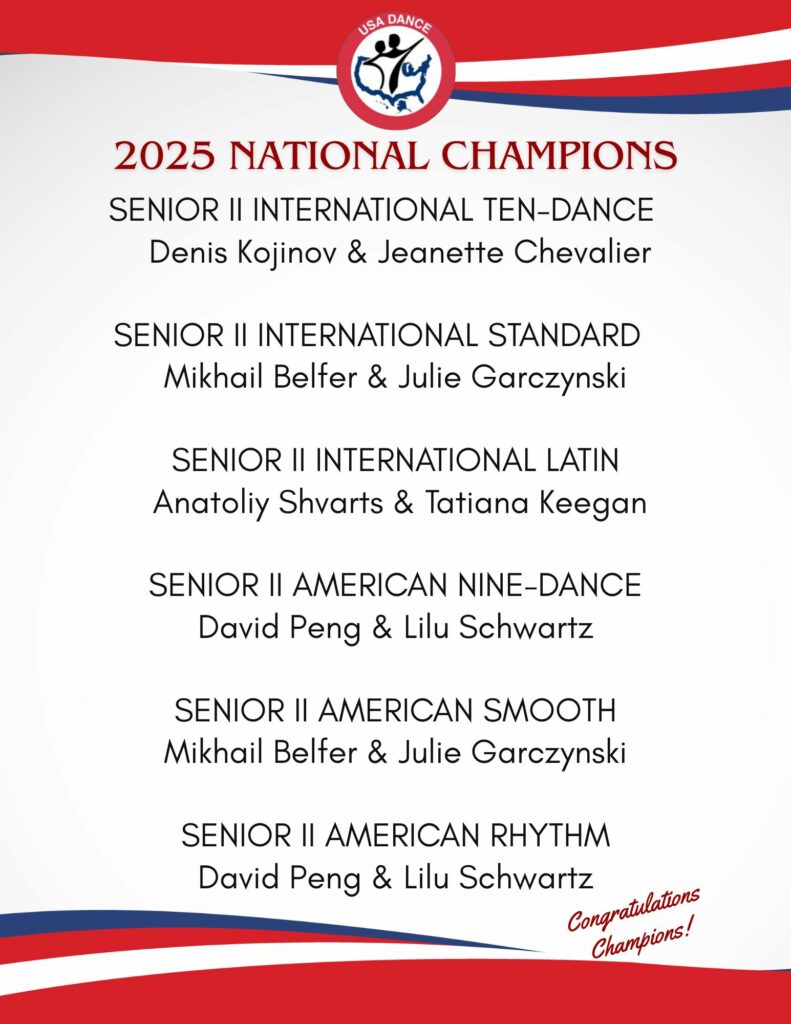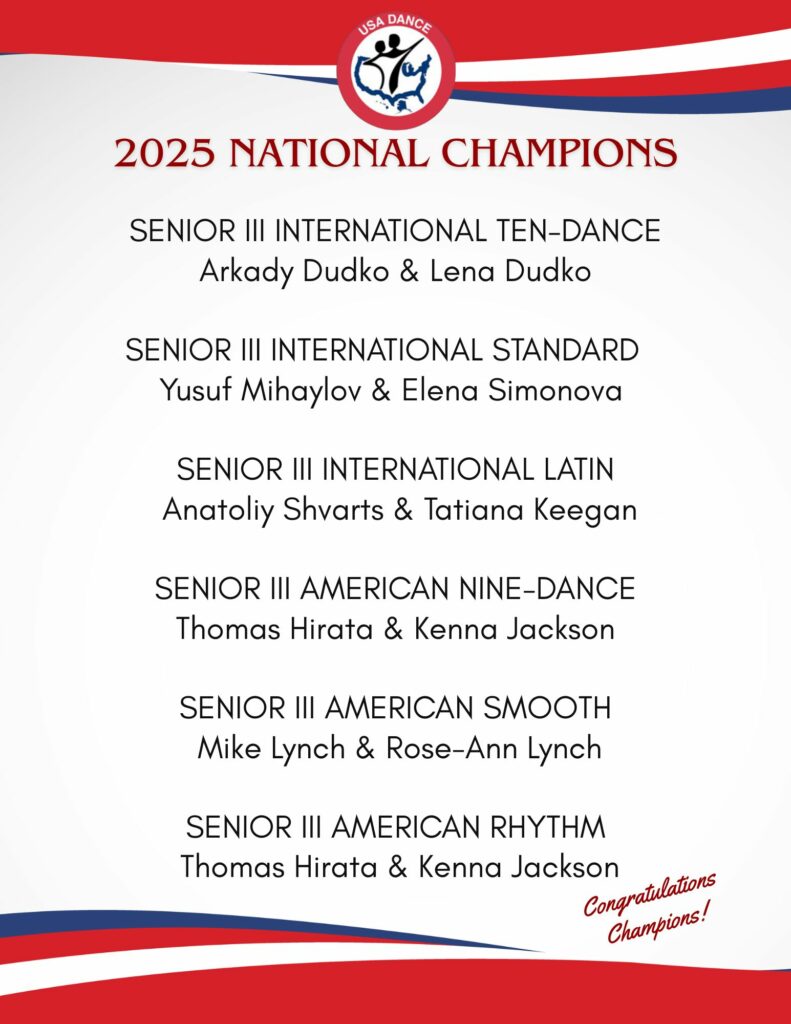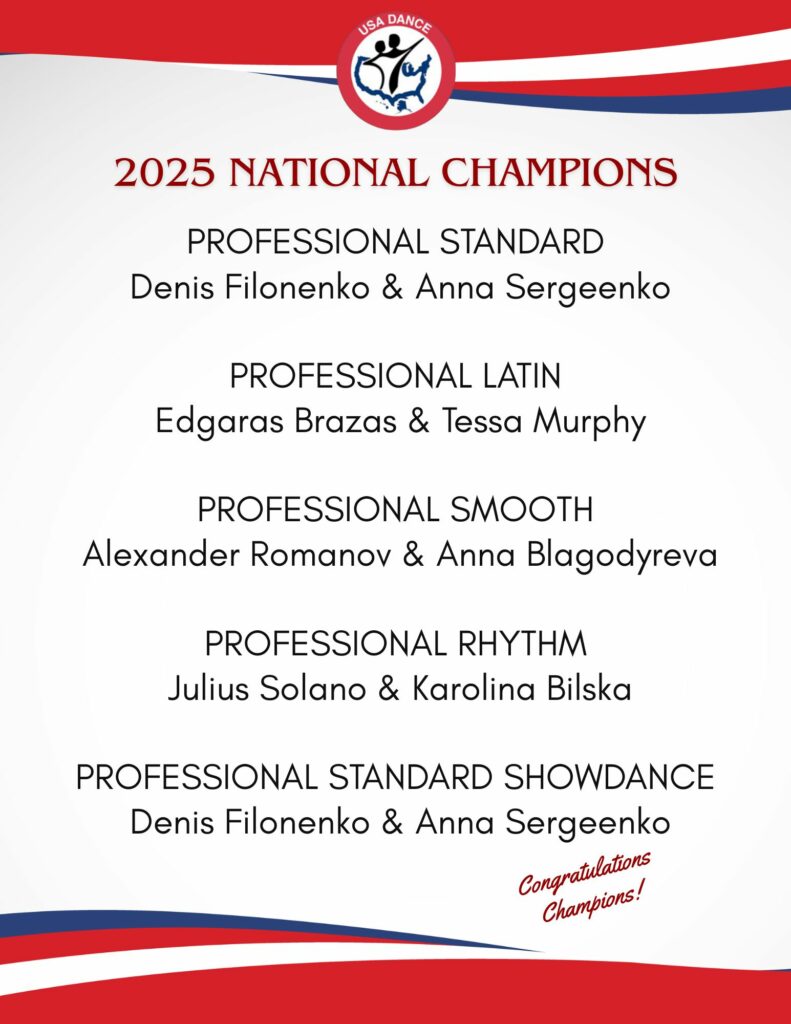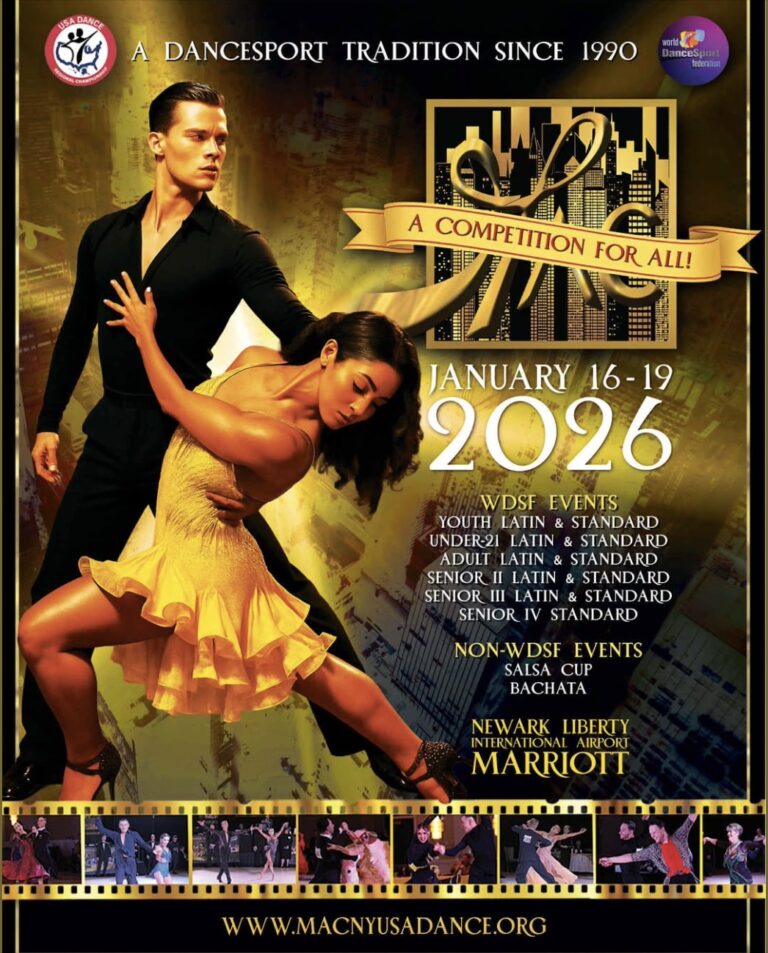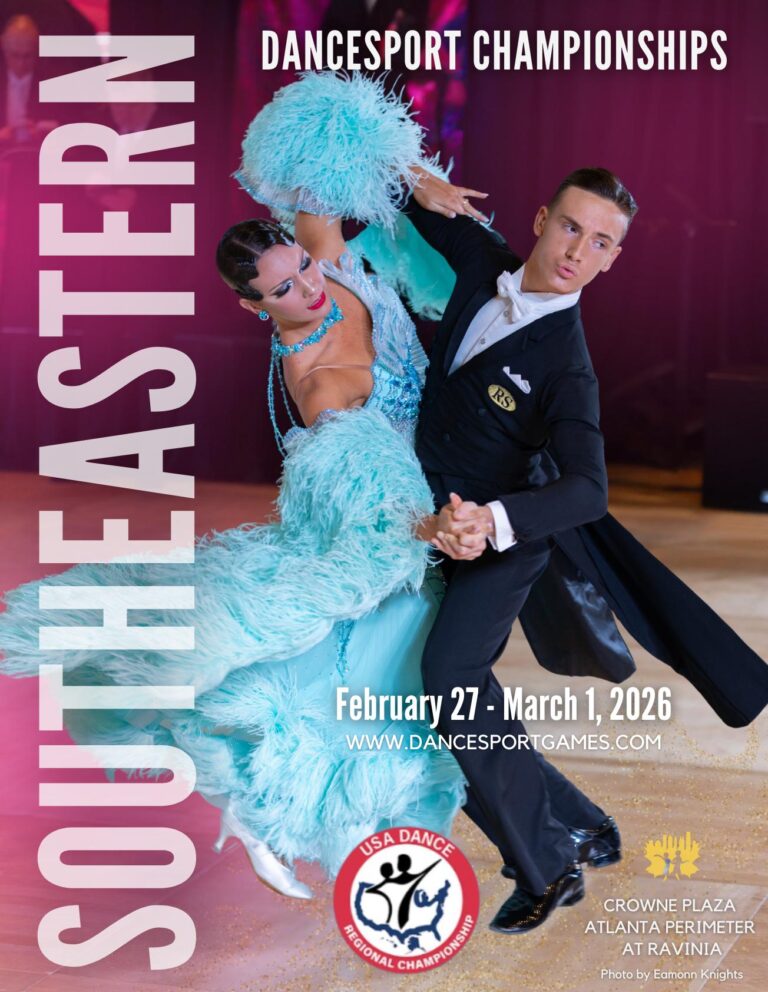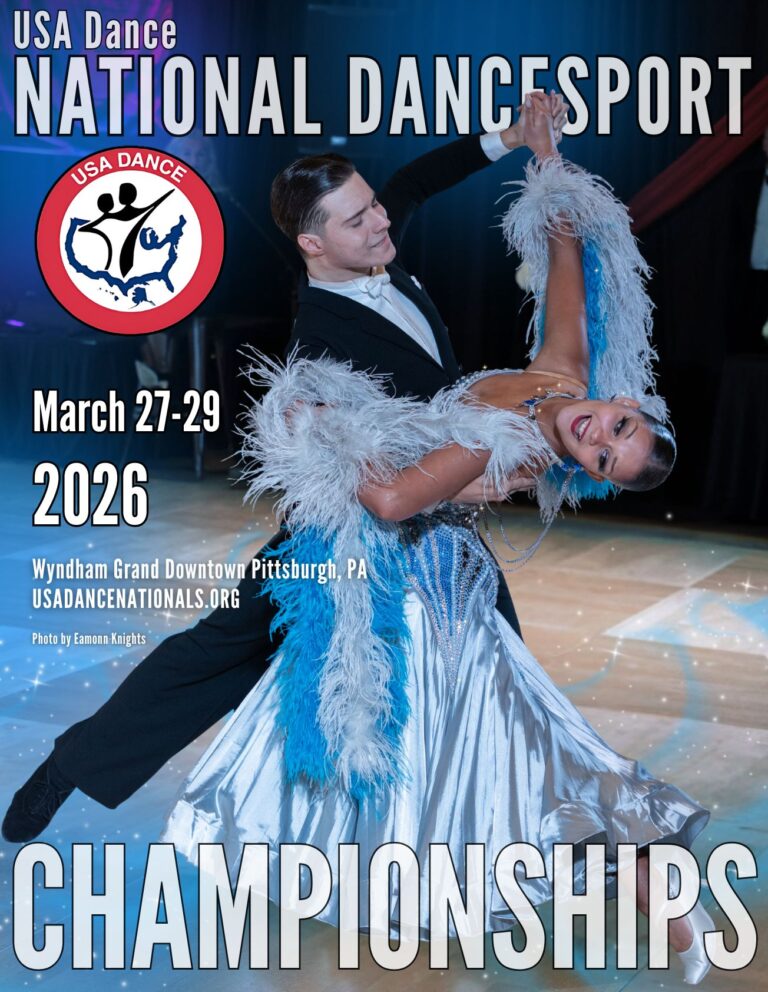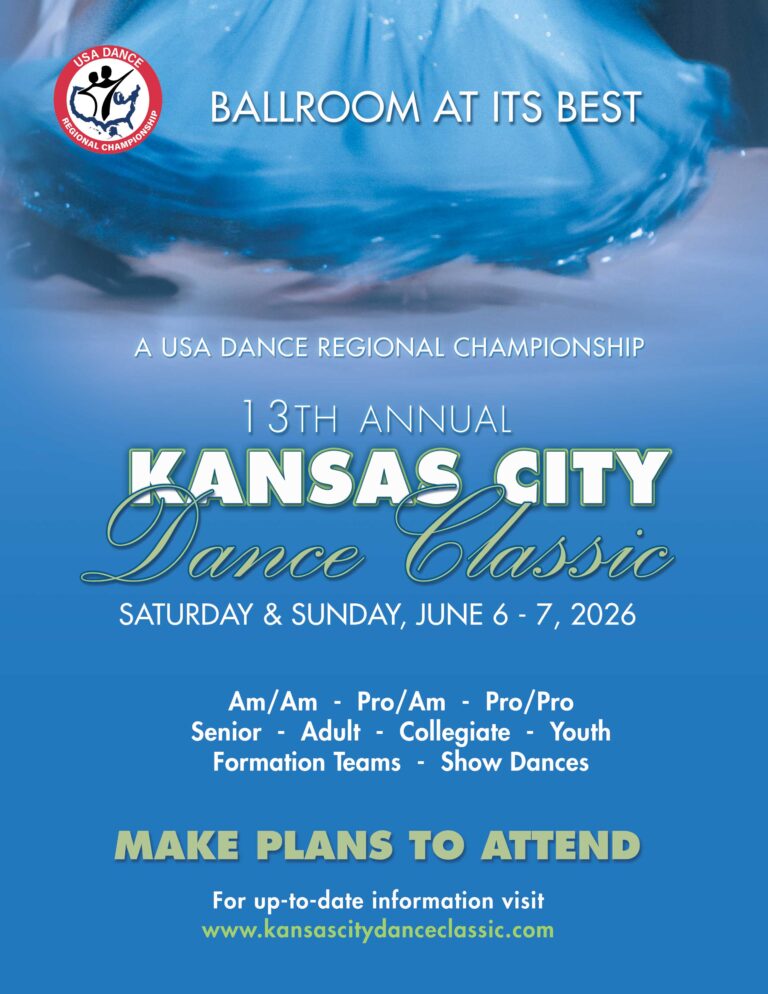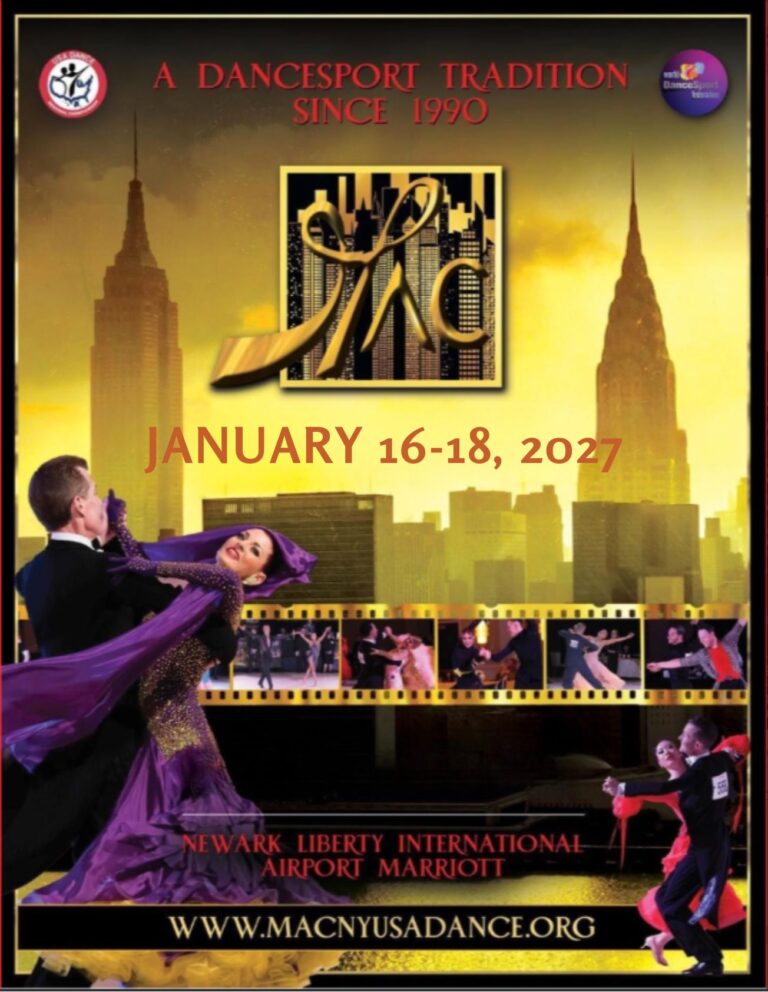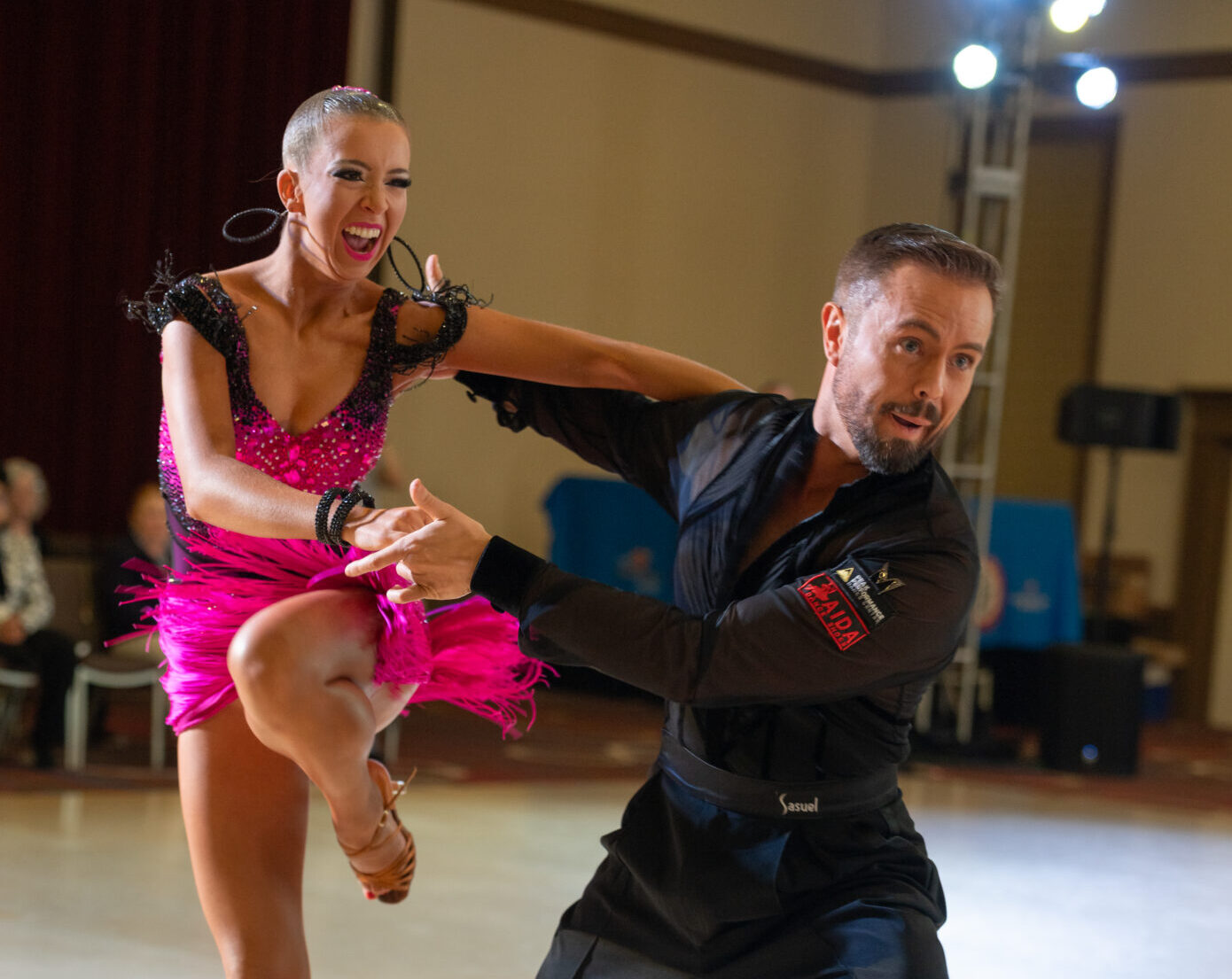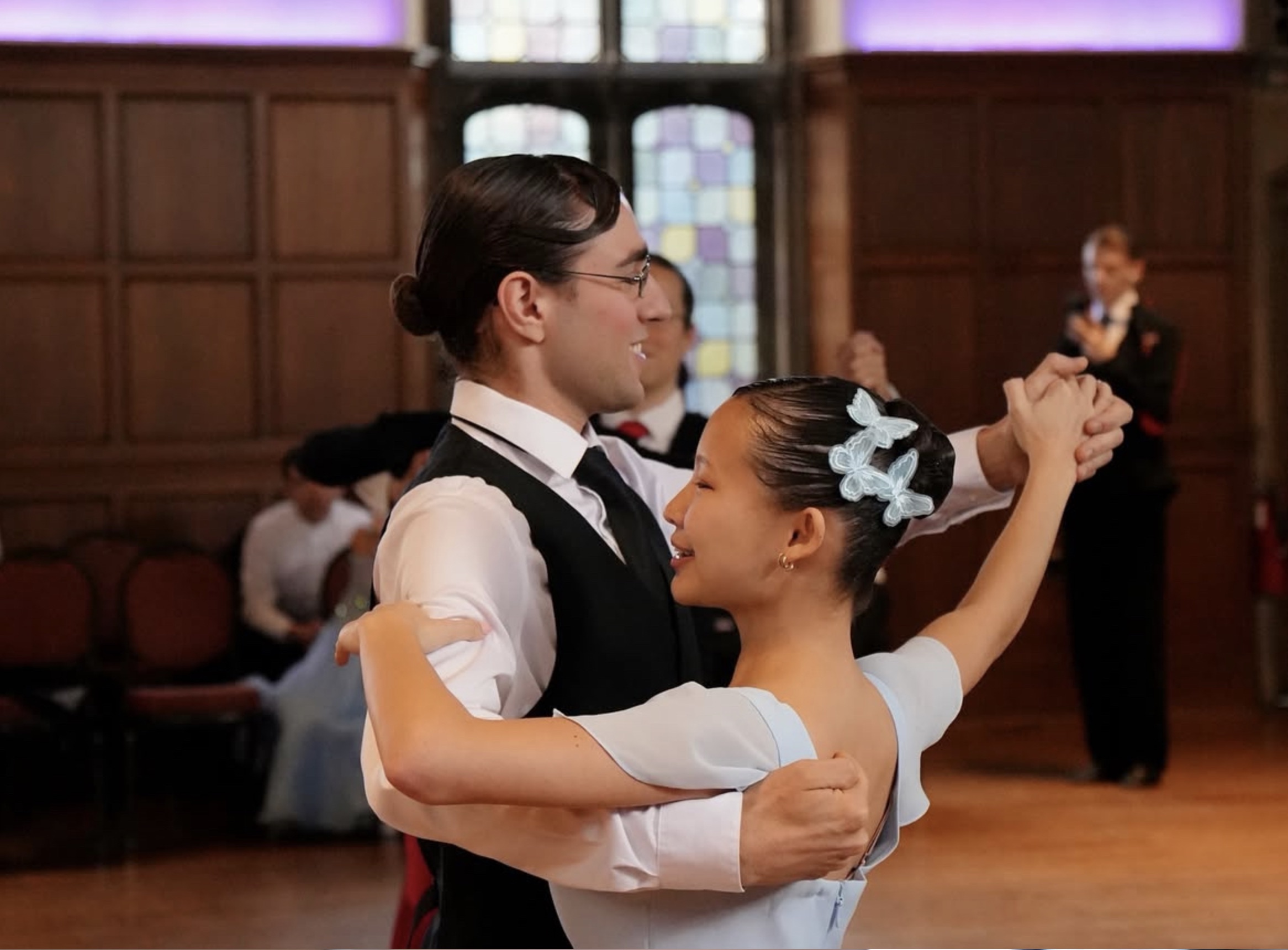Along with others in my dance community, I have found that ballroom dancing is more than elegant footwork and graceful turns — it has been a full-body activity that improved my physical and mental well-being. Whether I’m gliding through a waltz or pacing to a tango with my partner across the floor, each move helps create a healthier and more connected partnership.
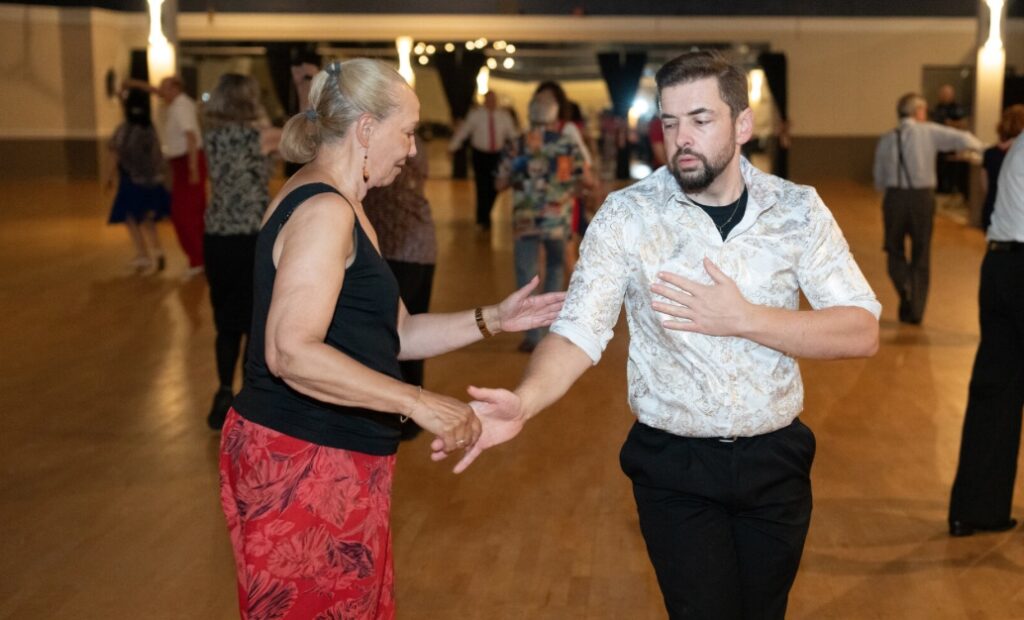
Physically, ballroom dancing can be a lively workout disguised as art. It can boost cardiovascular health, strengthen core muscles, and improve flexibility. The constant motion — from twinkles to telemarks, feather finishes to fan positions — builds endurance, balance, and grace, especially in older adults. A study published in Semantic Scholar found that ballroom dancers showed clear improvements in cardiovascular fitness, muscular strength, and overall vitality, making it a practical and enjoyable alternative to traditional exercise. This practicality can empower you to take charge of your health and fitness.
Mentally, the benefits can be just as significant. It has been written that ballroom dancing enhances memory and concentration through pattern recognition and musical timing. According to a 2024 University of Sydney study, structured dance programs like ballroom are ‘generally equal and occasionally more effective than other types of physical activity interventions’ for improving psychological and cognitive health. But it’s not just about the mind. Dancing with a partner can build trust, empathy, and nonverbal communication skills that help in daily life and make us feel more connected and understood.
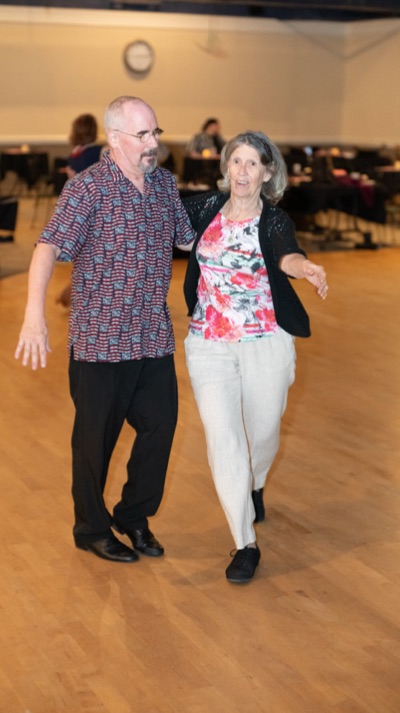 Emotionally, ballroom dance acts as a gateway to self-expression. Each dance can tell a story of connection, tradition, or playful flirtation. Harvard Medical School states that dance stimulates both the body and brain, with applications in neurological therapy and emotional health. Dr. Daniel Tarsy, a neurologist at Beth Israel Deaconess Medical Center, explained: “There’s no question, anecdotally at least, that music has a very stimulating effect on physical activity… and I think that applies to dance, as well.”
Emotionally, ballroom dance acts as a gateway to self-expression. Each dance can tell a story of connection, tradition, or playful flirtation. Harvard Medical School states that dance stimulates both the body and brain, with applications in neurological therapy and emotional health. Dr. Daniel Tarsy, a neurologist at Beth Israel Deaconess Medical Center, explained: “There’s no question, anecdotally at least, that music has a very stimulating effect on physical activity… and I think that applies to dance, as well.”
Imagine a retired couple who, after taking up ballroom dancing, discover a new zest for life — not just in motion, but in meaning. In our fast-paced world, ballroom invites us to slow down and savor connection. Each step becomes a brushstroke on a living canvas of joy, trust, and tradition. It’s more than exercise; it’s an elegant art form and a scientifically supported path to vitality — a celebration of the human spirit that deepens our bond with others and ourselves.

